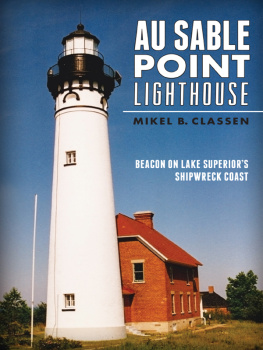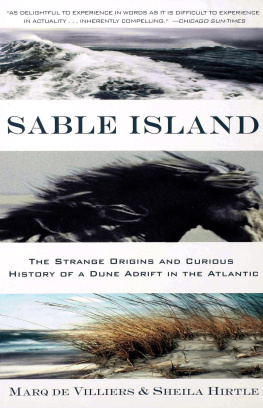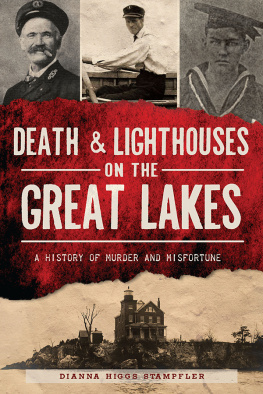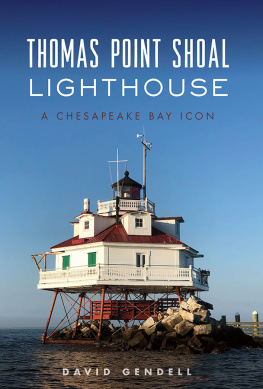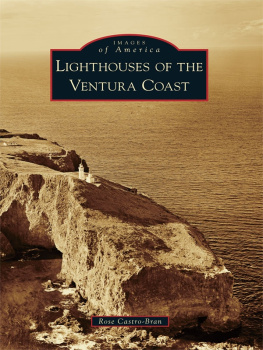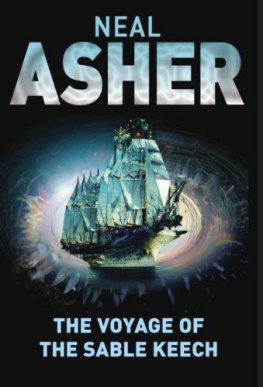

Published by The History Press
Charleston, SC 29403
www.historypress.net
Copyright 2014 by Mikel B. Classen
All rights reserved
First published 2014
e-book edition 2014
ISBN 978.1.62585.011.9
Library of Congress Cataloging-in-Publication Data
Classen, Mikel B.
Au Sable Point Lighthouse : beacon on Lake Superiors shipwreck coast / Mikel B. Classen.
pages cm
Includes bibliographical references and index.
print edition ISBN 978-1-62619-483-0
1. Au Sable Light Station (Mich.)--History. 2. Lighthouses--Superior, Lake--History. 3. Lifesaving stations--Superior, Lake--History. I. Title.
VK1025.A97C58 2014
386.85509774932--dc23
2014013479
Notice: The information in this book is true and complete to the best of our knowledge. It is offered without guarantee on the part of the author or The History Press. The author and The History Press disclaim all liability in connection with the use of this book.
All rights reserved. No part of this book may be reproduced or transmitted in any form whatsoever without prior written permission from the publisher except in the case of brief quotations embodied in critical articles and reviews.
To my dad, Harry J. Classen. He would have really liked this.
CONTENTS
ACKNOWLEDGEMENTS
Special thanks to Jack Deo of Superior View Studio of Marquette and Brenda St. Martins from the National Park Service at Pictured Rocks National Lakeshore for all their help securing historical photographs for this project. I would also like to thank Mary L. Underwood for chauffeuring, catering, input, assistance and support throughout this project. It couldnt have been done without her.
INTRODUCTION
A few years back, I moved to a small town along the Lake Superior shoreline in Michigan called Grand Marais. I was very excited about this because Grand Marais was located at the eastern end of a national park called Pictured Rocks National Lakeshore. I had explored much of Michigans Upper Peninsula as a feature writer, but I hadnt had the opportunity to spend any real quality time in the National Lakeshore. Now I would have the chance to get to know it intimately, which I wasted no time in doing.
Because it was nearby, Au Sable Point became one of the places I frequently visited. First it was the Hurricane River that attracted me because my father had told me about it. It was one of his favorite places to fish. He used to drive four hundred miles to get there, so I figured it had to be something special.
I had learned there was a lighthouse to the east at Au Sable Point, and I followed the trail to get there. It was unmarked along the road coming in, so someone going to the Hurricane had to know about it to get out there. The national park wasnt trying to get visitors to the lighthouse yet. When I arrived out there, they were beginning the restoration of the assistant keepers duplex. There was a park ranger working at the light, so I decided to find out what I could about the old light station. He (I wish I could remember his name) was delighted in this and offered to give me a tour of the lighthouse, including taking me up into the light tower. He was a fountain of information.
We went into the duplex, and he showed me what they were doing and explained all of the trim and woodwork they had to replace. He was very proud, and I was thrilled that he was spending the time to talk to me. He took me into the basement and showed me the old oil barrels. Then he took me around the grounds and explained the purpose of each and every building.
As we were walking, he mentioned hed been looking for the lighthouse dump but hadnt found it yet. Looking around, I pointed down into a low hollow off to the edge of the clearing that surrounded the lighthouse. My guess would be over there, I told him. Thats where I would have put it. We took a walk over and kicked through the leaves. Sure enough, we started kicking loose some old kerosene cans that had been used to fuel the light. I felt rather pleased with myself.
That ranger piqued my interest in Au Sable Point, and the place has never left me. Nor has the memory of that day. I started collecting information and stories about the lighthouse, and I was able to get copies of the lighthouse logs from the national park. I made countless visits to Au Sable and watched the ongoing restoration over the years. I spent time photographing the lighthouse and Au Sable Point and camped there in the primitive tent sites for several nights. I got to know Au Sable well.
When standing at Au Sable, this seemingly benign section of shoreline is deceptive. Today, it is surrounded by quiet beaches and lush forests, much like it was in the past. But as a part of Pictured Rocks National Lakeshore, one of our finest national parks, there are a few more visitors making the walk to the station. Its not so alone anymore, but little else has changed. Breathtaking views of the colossal Grand Sable Sand Dunes can be found to the east toward Grand Marias. To the west are beaches that have freshwater springs seeping into the beach and Lake Superior. The Hurricane River teems with trout. My father once told me that the trout were so thick in the Hurricane that you could walk across it on their backs. Ive never quite seen that, but it is full of fish.
The thick forest still stands in all its majesty, filling in the miles surrounding Au Sable and providing one of the finest glimpses of natures wilderness. Its only when walking the shoreline that Au Sables true nature hits home. The Mary Jarecki, the Sitka and the Gale Staples all lay still on the shore, and countless pieces of other wrecks are scattered between. No longer is Au Sable simply a beach; it is a graveyard, a watery cemetery where remnants of ships are the tombstones of the nameless lost. Au Sable Point is a place of paradox, yin and yang. What is admired today for its beauty and uniqueness was dreaded in the past, feared to the marrowand the fear was justified.
Au Sable Point is a place of mystery and tragedy. Located on the southern shore of Lake Superior in the heart of the region known as the Shipwreck Coast, Au Sable, called Big Sable in its early years, is a graveyard of ships and men that stands alone among the Great Lakes. It is an extraordinary place that attracted extraordinary events.
To this day, the shoreline is littered with the remains of the wrecks of the past. Skeletons of ships and debris testify to the past that has earned the points reputation for danger and disaster. The lighthouse that was erected there as a warning for sailors who braved the violence of Lake Superior wasnt able to avert the loss of cargo, ships and lives that would cement Au Sable Point as a Great Lakes legend.
The wind shifts suddenly. What was once calm water is whipped into whitecaps, and the icy fingers of a north wind caress the face. The sky goes from blue to gray, and in a matter of minutes, all has changed. The waves build to three feetthen five. In the distance is the sound of a motor as a small fishing boat races to the safety of Grand Marais Harbor. The rollers build and pound. Its time to get under cover. Its about to get nasty.
CHAPTER 1
THE EARLY YEARS (BEFORE THE LIGHTHOUSE)
The origin of Au Sable Point begins with the glaciers. Around 10,000 BC, the glaciers began to recede from the face of North America. As the glaciers moved and thawed, they carved out the region that became Lake Superior and the other Great Lakes. When they melted, the water that was left behind made up the largest bodies of fresh water anywhere on Earth, and the glacial action had sculpted a landscape like no other.
Next page
